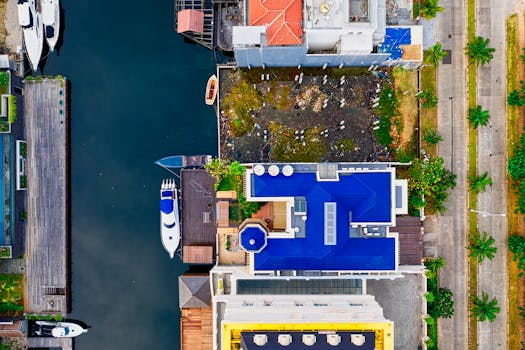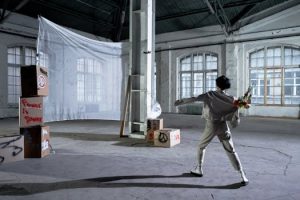Green roofs cooling urban environments
With the temperatures rising all around the world, finding ways to cool urban environments is becoming more crucial than ever. In cities, buildings and concrete surfaces absorb heat during the day and release it at night, creating an “urban heat island” effect. This leads to increased energy consumption, health risks, and impacts on the environment. The solution to this problem lies in one simple concept – green roofs.
What are green roofs?
Green roofs, also known as living roofs or eco-roofs, are vegetated systems built on top of roofs of buildings. These roofs consist of a layer of vegetation, a growing medium, and a waterproofing membrane, providing a natural covering over traditional roofs. The earliest examples of green roofs can be traced back to ancient civilizations, but it wasn’t until the 20th century that they became a popular phenomenon.
How do green roofs work?
Green roofs work by creating an extra layer of insulation, making buildings more energy-efficient. They also retain and evaporate rainwater, reducing stormwater runoff and decreasing the burden on stormwater systems. Moreover, the vegetation on green roofs intercepts airborne pollutants, removes carbon dioxide from the atmosphere, and produces oxygen. But one of the main benefits of green roofs is their ability to cool urban environments.
Green roofs and urban cooling
One of the primary reasons for the urban heat island effect is the lack of green spaces in cities. Green roofs can help mitigate this effect by providing a much-needed green cover. Scientific studies have shown that green roofs can reduce local temperatures by five to ten degrees. This is because the vegetation on the roof absorbs a significant amount of heat, and the water they retain evaporates, cooling the surrounding air.
In summer, cities with a high percentage of green roofs can see up to 60% less heat absorption compared to traditional roofs. This can create a cooling effect similar to that of a tree-covered area, reducing the need for air conditioning and ultimately lowering energy costs. In winter, green roofs can provide insulation, keeping buildings warm and reducing energy consumption.
Environmental impact
The cooling effect of green roofs also has a significant impact on the environment. As temperatures rise, cities use more energy to keep buildings cool, leading to increased carbon dioxide emissions. This contributes to global warming, creating a vicious cycle. By reducing the urban heat island effect, green roofs help reduce the energy demands of buildings, leading to lower carbon emissions and a more sustainable urban environment.
Challenges and opportunities
Despite the numerous benefits of green roofs, there are still some challenges that need to be addressed. One major challenge is the initial cost of installation and maintenance, which can be higher compared to traditional roofs. However, the long-term benefits and savings usually outweigh the initial investment.
Another issue is the lack of policies and incentives to promote the installation of green roofs. Governments, building owners, and urban planners can play a crucial role in incentivizing and regulating the implementation of green roofs.
The way forward
Green roofs have the potential to make a considerable impact in cooling urban environments. As cities continue to grow and face the challenges of climate change, it is essential to incorporate green roofs in their development plans. Not only will this help reduce the urban heat island effect, but it will also enhance the quality of life for residents, improve air quality, and create more sustainable communities.
In conclusion, green roofs offer a simple and effective solution to the problem of cooling urban environments. With the right policies and incentives, they can become a common feature in cities around the world, helping create a more energy-efficient and sustainable future.






